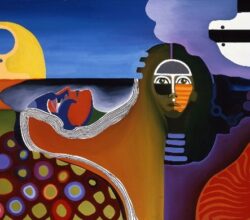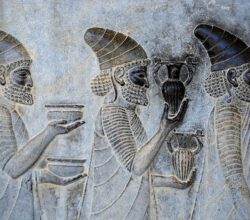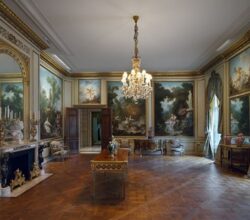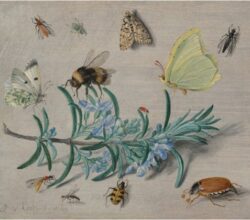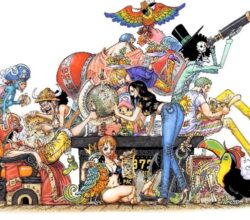
‘The Art of Manga’ Brings New Worlds to the de Young Museum
Janea Melido | KQED | 25th September 2025
Manga, once a uniquely Japanese black and white graphics product, is now global. The most famous manga is One Piece. Having appeared weekly for 28 years it is now a “cultural juggernaut”. Loosely, it’s a pirate adventure story that focuses not on raiding parties but on adventure and freedom. Other manga address crime, sports, history, sexuality, friendship, science fiction, martial arts and more. Says a curator “there is a manga for everybody” A review of a Netflix adaptation is here.

